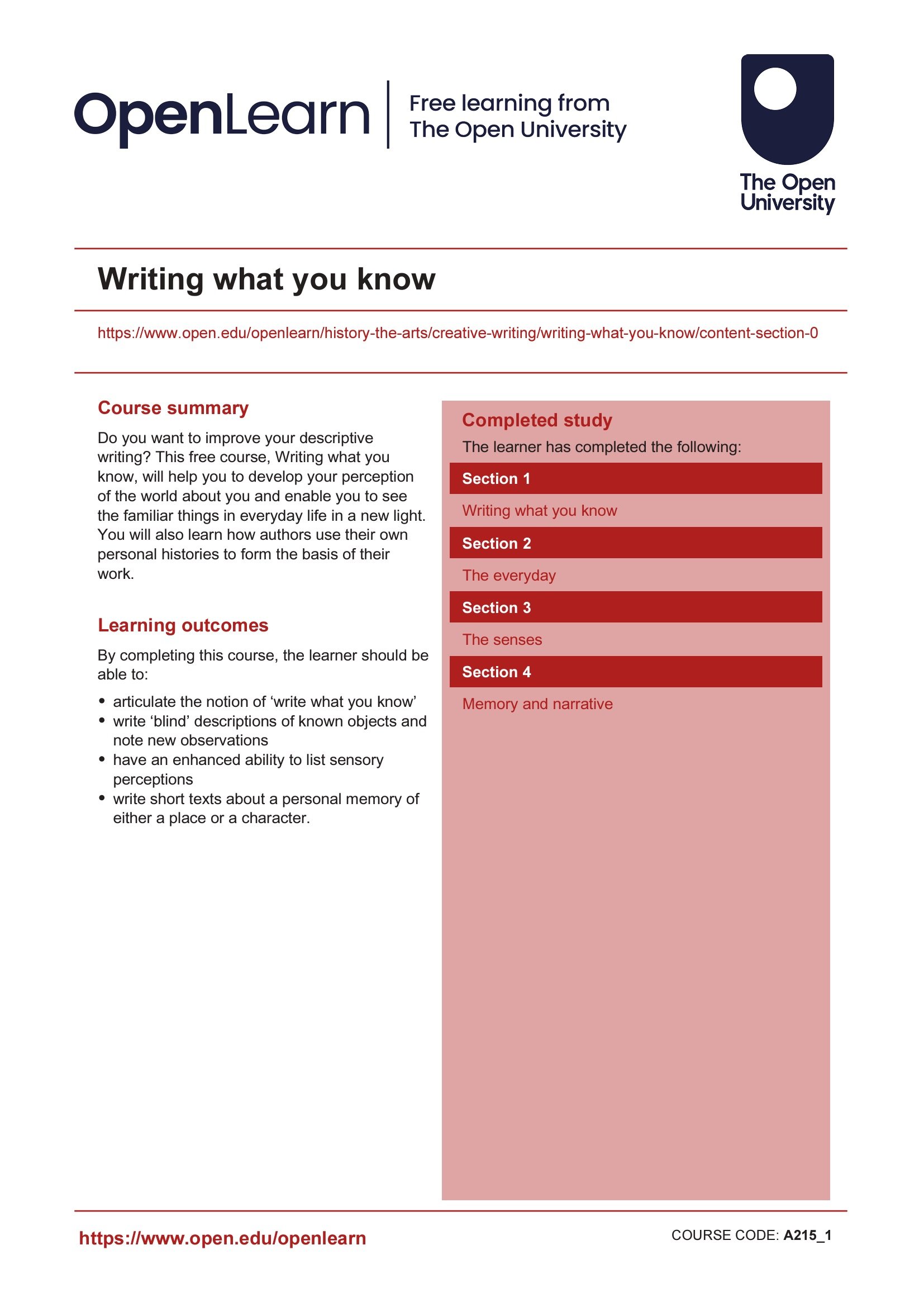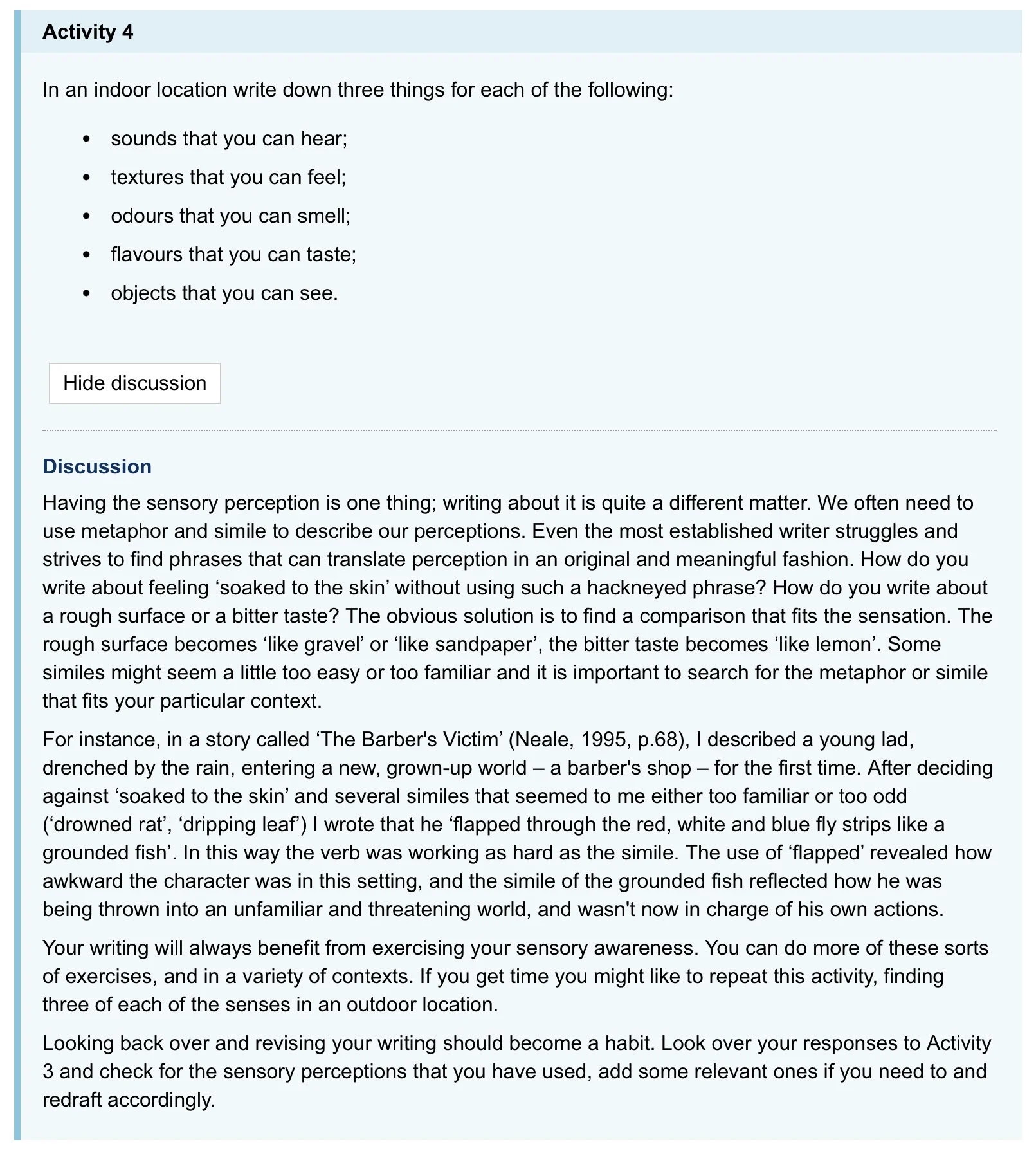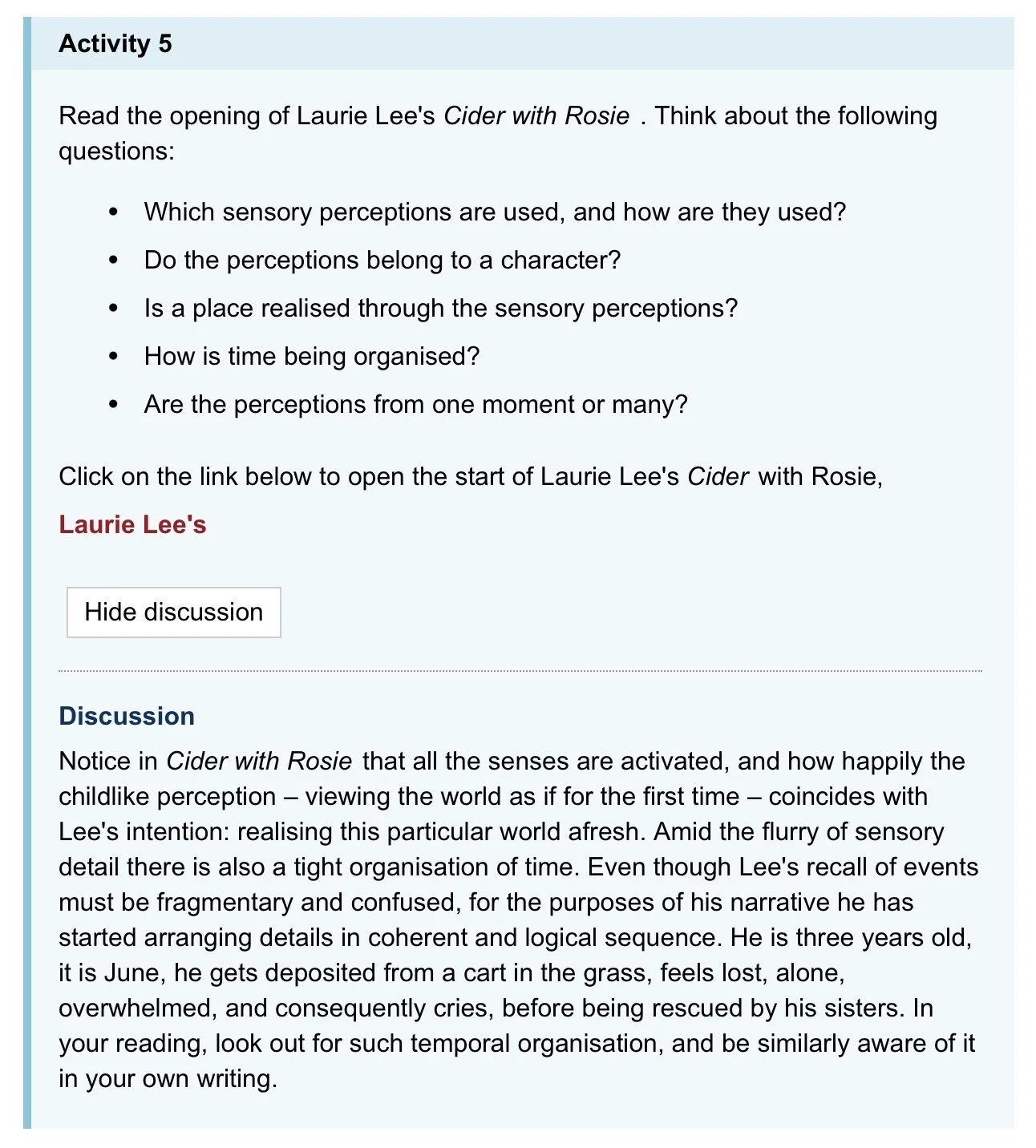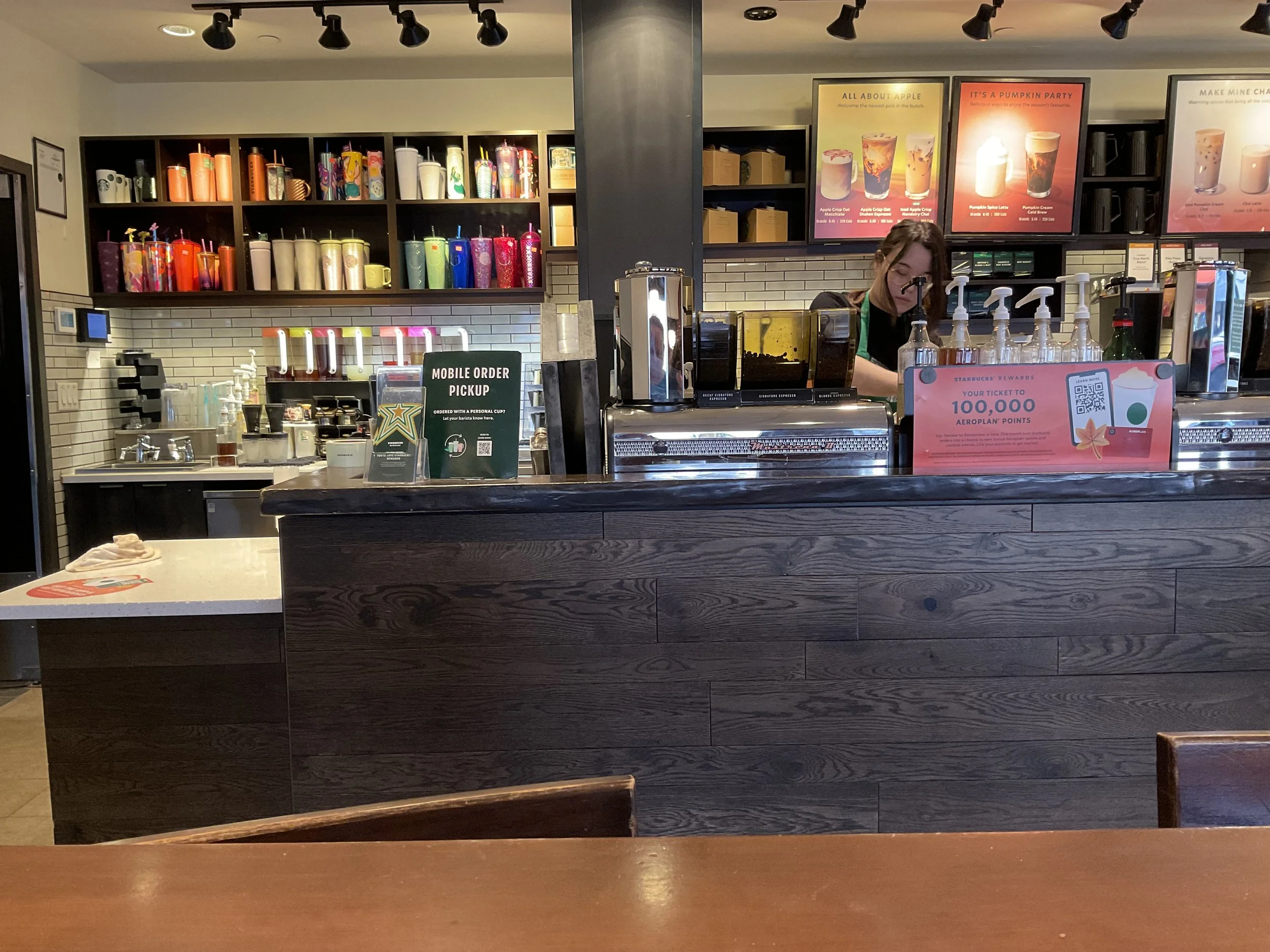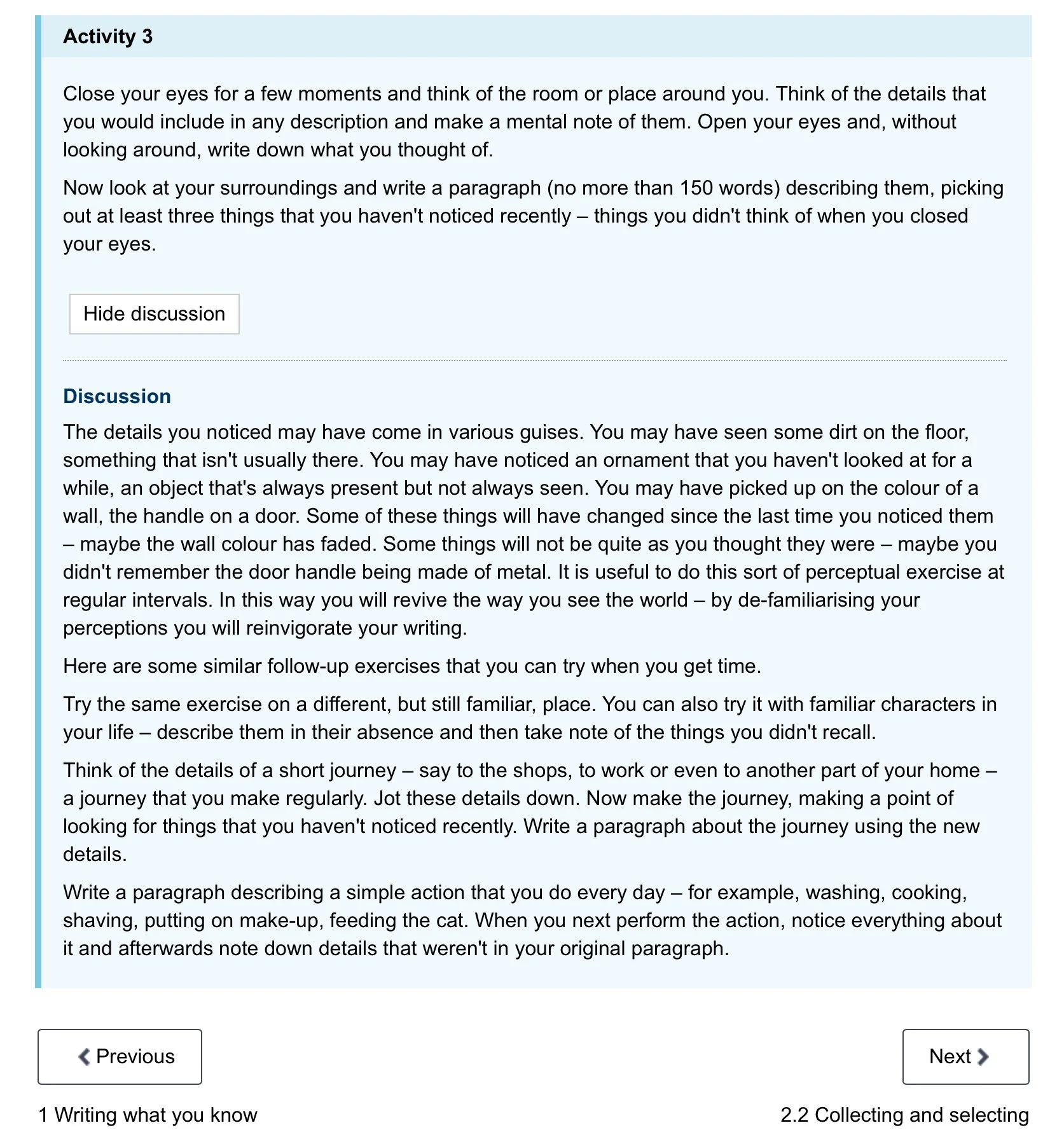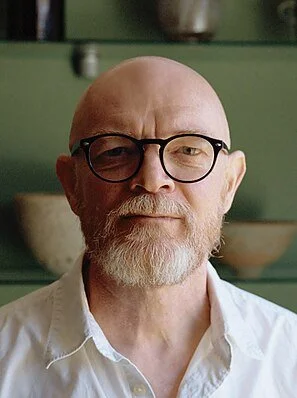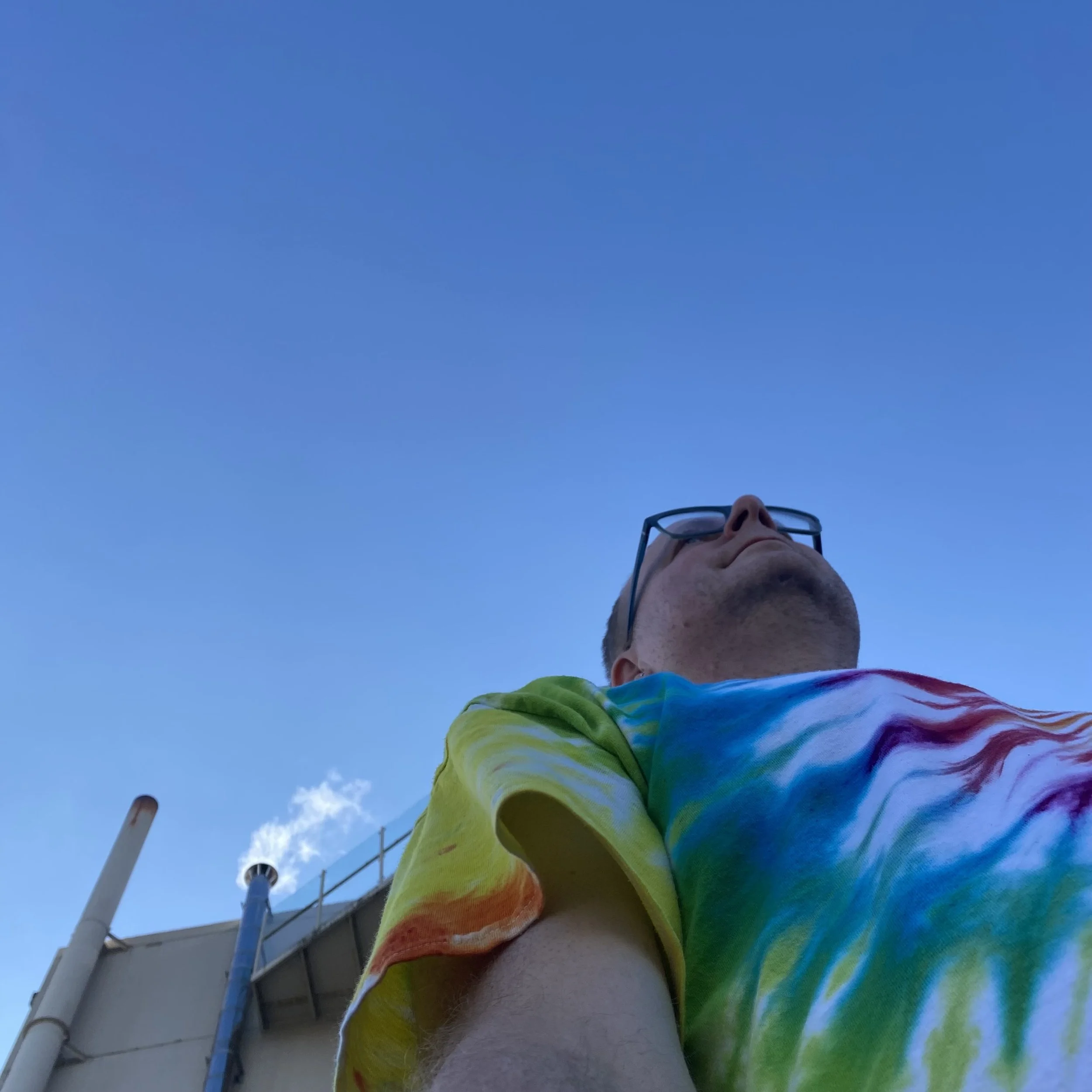2.2 Collecting and selecting
NOTEBOOKS > an essential tool for recording observations and accounts of daily events. Can be a place to record ideas for future writing - be it a short story, memoir, or poem. A notebook can be used to record and keep clippings from magazines and newspapers. You can record your thoughts about books or poetry you’ve read, as well as your thoughts about plays, performances, concerts, or movies you’ve seen, or songs you’ve heard. A NOTEBOOK is for you, by you, and it should contain whatever helps you or inspires your writing.
Awareness of your life is important, as a major source of potential material is your own life. What one sees, experiences, thinks, and feels. KEEP YOUR EYES OPEN. How are people dressed, colour co-ordinated clothes or messy garbled clashing? How do they act? Do you notice other people’s routines or habits? Tone of voice? Is someone alone or with others? How do they interact? Are they walking a pet, what’s the pet like? Friendly? Snarly? The weather? Character descriptions? Overheard conversations / turn of a phrase? Can record bullet points - things that will help you remember later. Perception is always selective, as we can’t record everything one sees. Nor can one record everything… but the things that one notices can be things one uses later on when writing. Sometimes, observations can almost form a narrative, or the fragment of something larger. Keep one’s ears open to - what are the acoustics of a room like (the loud hollow echo of a gymnasium)? How does a place smell (chlorine in a swimming pool)?
Shift ones judgment to curiosity. Mindfulness as a writer (Dinty W. Moore). Have an investigative attitude to one’s environment. Look at things from different angles, try to see what usually goes unnoticed by others or by yourself. When one looks at their notebooks later to work on a larger writing project, more selection will be made - a writer is always picking and choosing what to use. What to include and exclude. What details are important, what details feel repetitive. You might notice you didn’t collect enough information to begin with. If you visit the same place often, be open to the idea that places can change over time. What new things do you notice? It may seem banal or mundane but often things shift. Dr Neale’s course lecture noted how:
“It is these shifts in the way ou see your familiar world that revive it. In this way writing is a process of scrutinizing, looking closely at things, and then taking the observations onto a new level of perception, one in which you understand your world just a little more… Whether apparently insignificant or more focused, there is no prescription for the sort of observations you should make; they will always be personal to the individual writer.”
2.3 Using your observations
Dr. Neale wrote the following about using one’s observations in the last unit of this section:
“The observations you make in your notebook might not always appear imaginative or pertinent to anything, but the mundane recording of events may have unlikely uses. Writing in my notebook on 15 December 1998, I observed the sky – at the coast on a murky winter's day, when the low cloud seemed to be lit by a churning, subterranean force:
the earth comes to the surface, the soil muddies the sky, clouds the air – it even turns the sea into a sandy mix … the sea, the puddles, the rivers, the sky – all glow brown, glisten, shimmer – but not with the light of any sun.
On another occasion in the same notebook I observed a familiar river, and how the current flowed in ‘one concerted way in the straights but was torn between two directions at the bends’. By struggling to express what I saw on those two separate days, the observations stayed with me, largely because I had taken time to write about them. I later combined parts of these two descriptions in a scene of a novel, The Book of Guardians (Neale, 2012), using the river setting to reflect the inner state of my main character, Philip Eyre:
The swell of the river had caused the current to be perplexed, flowing concertedly in one midstream direction but torn between at least two, whirling between calm and rush, in the shallows and elbows. The rowing boat bobbed and turned uneasily like a gelding on its rope. The cigarette smoke smelt different – and I wondered whether it was because we were outdoors. Now it was fragrant, balmy even, like woodsmoke in the night.
It was one of those days: the earth rising to the surface, muddying the water, overflowing into the sky and air. The world was in spate. The earth appeared to be glimmering with the density of its own substrata.
(Neale, 2012)
What you put down in your notebook can act as a mnemonic, a memory aid, reminding you of the original observation, reviving certain thoughts and emotions. In this way your notebook – as well as being a writing ‘gym’ where you exercise perceptual and linguistic muscles – can also act as a future resource.”

